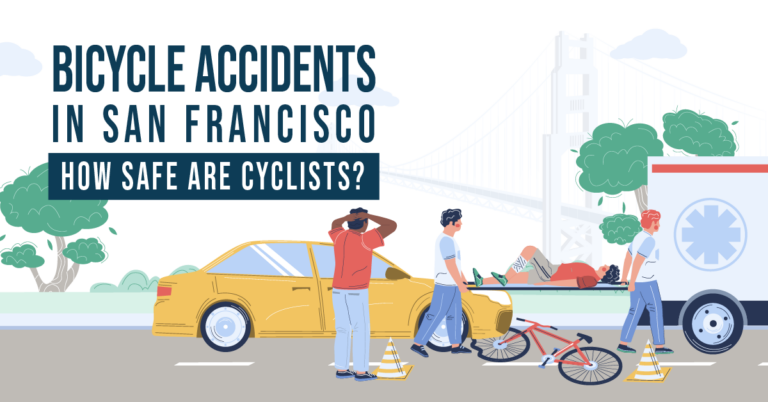Though truly autonomous cars are at least a few years away, many automakers and tech companies have already implemented assistive driving capabilities to improve road safety. Some companies are going a step further, making and even piloting self-driving cars (all monitored by human operators who can intervene) in some major cities. Players in the market include Mercedes-Benz, Intel, Toyota, Apple, Volvo, Waymo (owned by Google), Samsung, Audi, Tesla, and more. Perhaps the most talked-about is Uber, the ride-sharing company that hopes to cut financial losses by removing human drivers from the equation altogether in the near future.
Many Factors, Shared Fault in Deadly Uber Accident
Uber’s efforts to make the first truly autonomous vehicle suffered a huge setback last year when one of their test vehicles struck and killed a woman while in self-driving mode. After a year and a half of investigating, the National Transportation Safety Board (NTSB) determined that the fault laid with two parties: the operator who was in the driver’s seat to monitor the car while it was in autonomous driving mode, and Uber. The investigations showed the vehicle operator was distracted by a cell phone at the time of the crash. Though the pedestrian was likely impaired and did not cross the street at a crosswalk, the NTSB believes the operator would have had time to see her and react if they had been paying full attention.
Though the driver’s negligence was perhaps the most obvious cause of the incident, the NTSB determined Uber’s “inadequate safety culture” led to their operator’s failure to fully attend their task. Though the company had designed a system to monitor these operators, their failure to regularly use it likely resulted in lax behavior among the team. Further, their original tests included two safety operators; when they removed the second, the remaining driver had even less accountability. These oversights can be explained, though not well: Despite the high risk of testing relatively untraveled autonomous cars, Uber did not appoint an employee to oversee safety efforts for their self-driving program.
Automation Raises New Questions About Liability
Also last year, a self-driving car hit a motorcycle after swerving out of a lane change at the last minute. Though the automaker, GM, blamed the motorcyclist, they agreed to settle with the biker rather than take the case to court. In the case of Uber’s self-driving car, the company settled with the family of the deceased shortly after the accident, and before any in-depth investigation had taken place.
During the NTSB probe, interesting—and worrisome—facts were uncovered about how the autonomous driving system miscalculated so poorly. The reason the car failed to stop in time wasn’t that it didn’t sense the pedestrian, but rather because it couldn’t identify her as a human on foot. Unsure whether the object in its sensors was a bicycle, vehicle, or “other,” Uber’s system couldn’t predict she would cross the car’s path until it was too late. Because she was jaywalking, the software never even considered that she might be a pedestrian and would therefore need more time to pass in front of the car than other roadway objects. The car (a Volvo) had a built-in auto-braking system that might have helped in this instance, but Uber had turned it off to prevent conflicts with its own system.
When presented in front of a jury, which of these facts would stick, if any? Is it a pedestrian’s fault if a car can’t identify them because they were jaywalking? After all, if they were in a crosswalk, this accident might not have happened. When operators are monitoring these cars, where does their employer’s responsibility end? What about drivers who have been promised a safe, fully managed experience?
Getting the Facts in Self-Driving and Automated Car Accident Cases
As companies race to bring the first fully automated car to market, the rest of us may be at an increased danger of a car accident with one of these test vehicles. The effort to figure out who is at fault (and whose insurance has to pay) will be further complicated by partnerships between automakers and tech companies. Make sure you have an experienced and knowledgeable team on your side. If you’ve been in a car accident—whether or not automated driving features were implicated—we can help you pursue compensation to help with your injuries.
Contact our experienced team online or call (949) 326-5000 for a free, no-obligation consultation.
- Bicycle Accidents in San Francisco: How Safe Are Cyclists? - July 10, 2023
- 6 Ways Posting on Social Media Can Hurt Your Personal Injury Claim - July 5, 2023
- DUI Crashes in Sacramento: 6 Significant Numbers You Should Know - July 3, 2023


